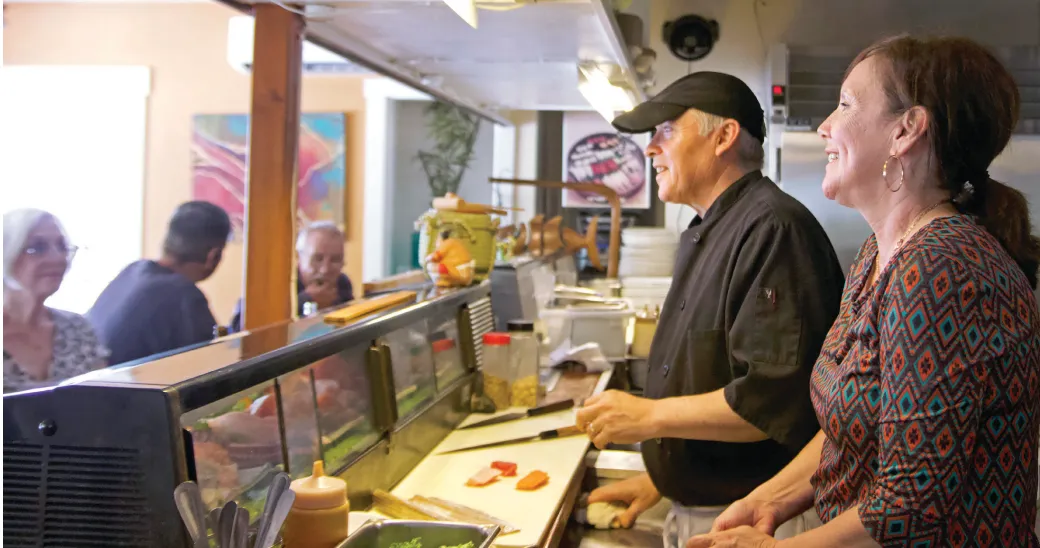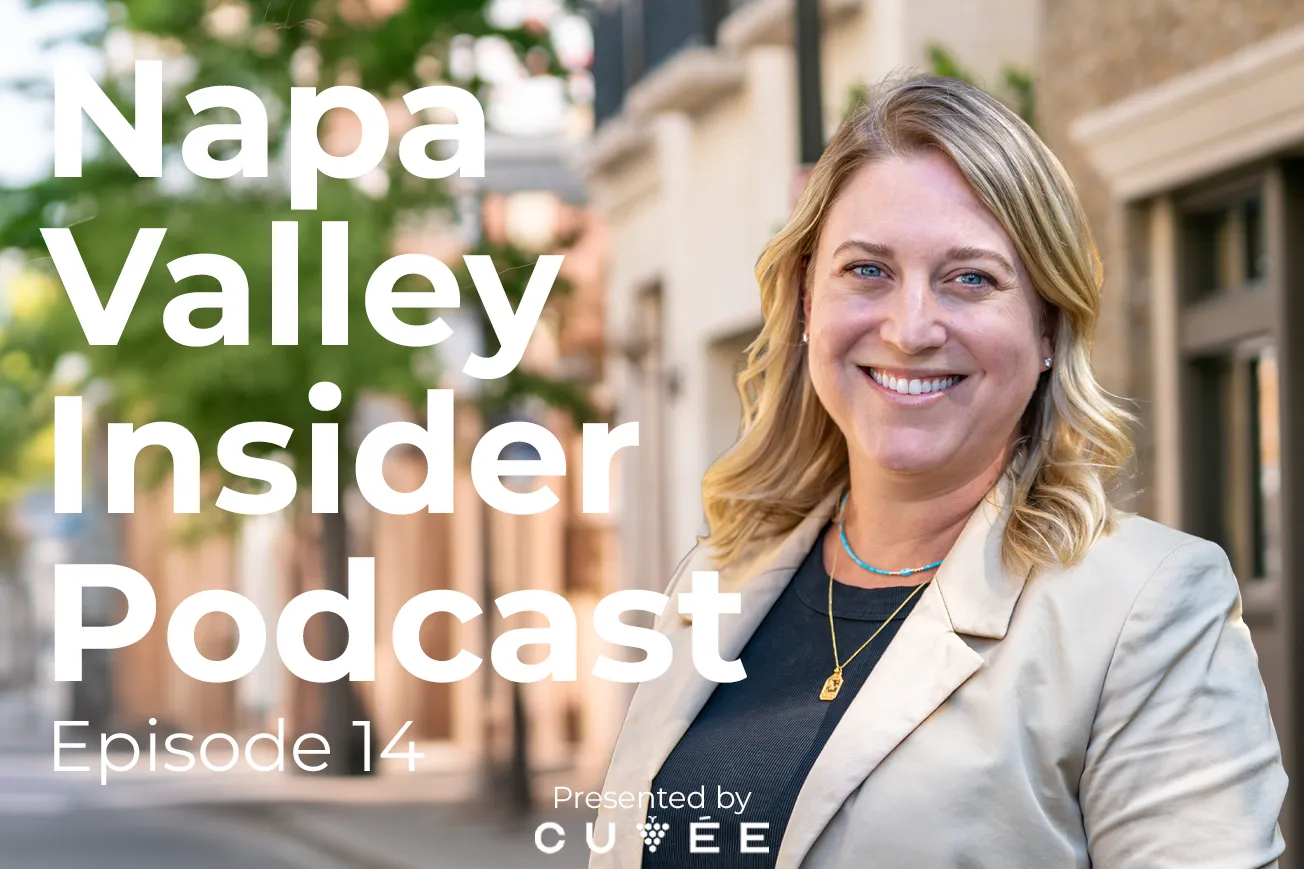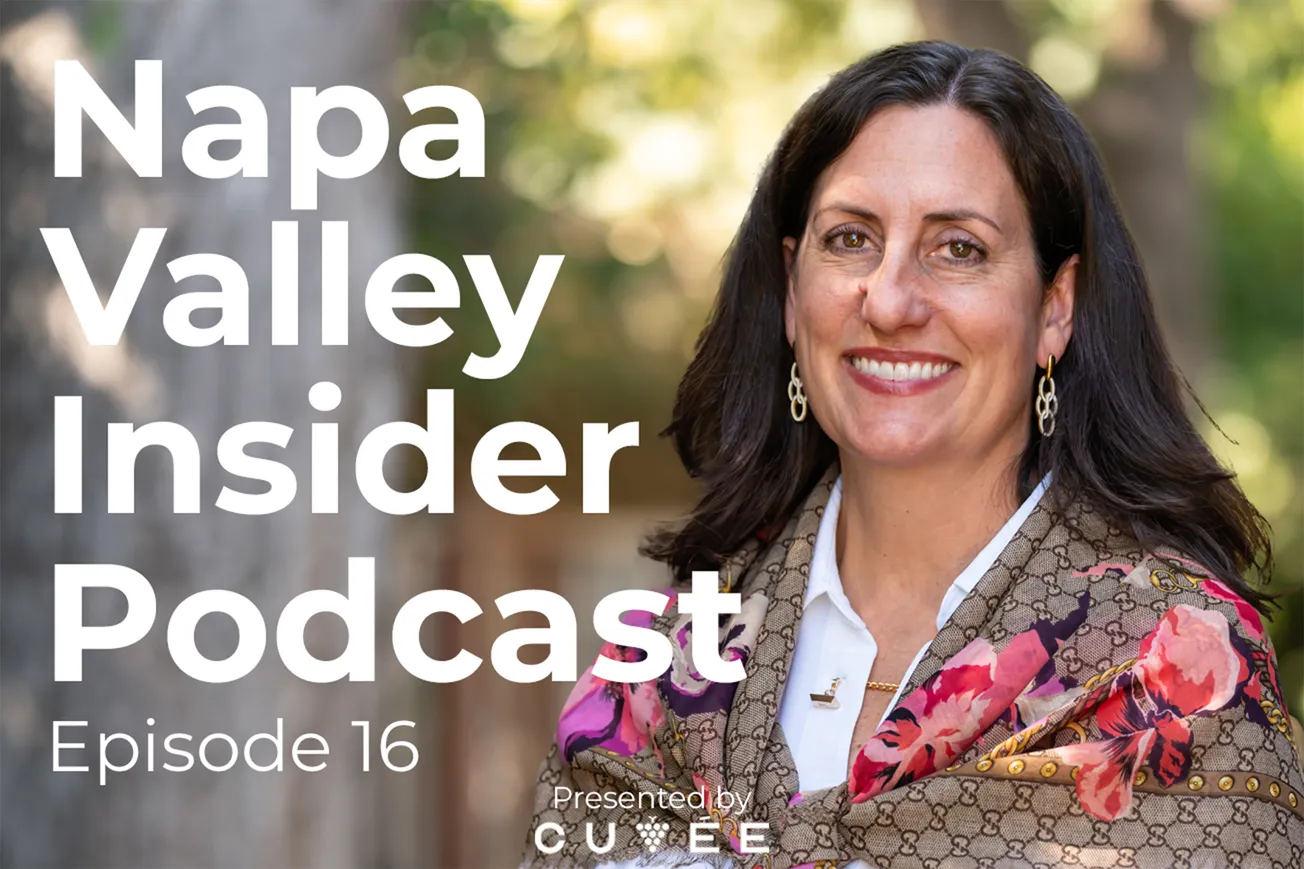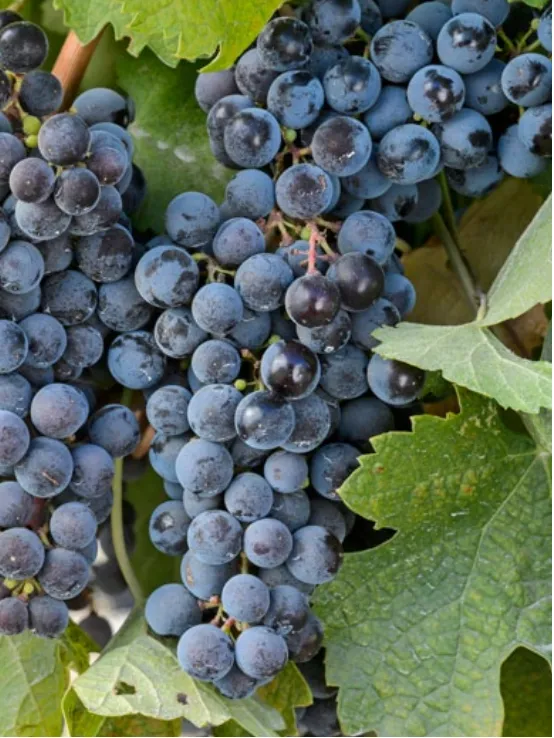A cheerful cacophony of sound coming from a wide variety of parrots welcomes visitors to Napa’s Feather Farm. Long-tailed macaws, cockatoos, African grey parrots, parakeets and other birds join in the chorus that greets each person coming through the door.
Whether their squawks, whistles, trills, gurgles and songs are part of their ongoing dialogue with their fellow winged creatures or are expressions of eager anticipation of the colorful fresh fruits and seeds employees are bringing them is difficult to determine, but listening to the birds is an undeniable pleasure.
Feather Farm, owned by Jim and Arlyta Brown, has been “unquietly” assisting bird breeders and companion parrot owners for more than 40 years. It is dedicated to conservation through the captive propagation of parrots, also known as Psittacines.
Though many locals are unaware of its existence in Napa, Feather Farm is well-known to aviculturists throughout the world. Aviculturists are serious bird lovers who care for birds by housing, feeding and monitoring their health. They can be breeders or bird hobbyists.
“Recently, some Russian people who spoke no English came through,” said Arlyta Brown, laughing as she recalled how they finally managed to communicate through sign language.
In the early years, Feather Farm focused on larger parrots but subsequently added parakeets and cockatiels because smaller birds are more affordable for many local bird lovers.
Brown noted that the demand for cockatoos soared in the 1970s when the popular television series Baretta ran on ABC. The actor Robert Blake starred in the role of Tony Baretta, an unorthodox plainclothes cop who lived with his pet cockatoo.
Brown’s love of birds came long before owning one became trendy.
“I’ve been handfeeding birds for 65 years,” Brown said.
She first experienced handfeeding birds as a 6-year-old child on her grandmother’s ranch in Fresno, California. Some English sparrows had fallen from their overcrowded nest close to the ranch house. Horrified, she saw dogs going after the baby birds on the ground and realized that if she did not rescue the helpless babies, the dogs would kill them.
Every summer Brown returned to her grandmother’s ranch where she continued caring for the birds. Later, as a schoolteacher, she handfed birds in her first-grade classroom.
Her husband, Jim Brown, was in the bird industry and had co-owned a bird shop prior to their marriage. The couple purchased property in Napa in 1969 and a few years later bought adjoining property where they established their Feather Farm business.
Brown still handfeeds baby birds in her kitchen before bringing them to Feather Farm, where they are kept under a heat lamp for several weeks.
“Our baby birds are used to being in an environment with a temperature of 68-72 degrees. Anything lower than this can shock a bird and cause him or her to become chilled,” Brown said. “A bird’s body temperature is much warmer than ours. Their temperature is approximately 109 degrees F. while ours is only 98.6 F.”
One way to assure that “your bird is at a good body temperature” is to establish a daily routine of snuggling your bird against your cheek. He or she should immediately warm up your cheek, Brown explained.
“Parrots can be very affectionate to people if they like them, but they can be aggressive if they don’t like them,” Brown said. “They bond deeply with their primary caregiver.”
“Birds that are hand raised are friendlier. They are human imprinted. Because of their high intelligence, whatever you say to them they can mimic back to you. At night my birds say, ‘it is time to go to bed,’” Brown said. “They have understanding.”
To learn more about the intelligence of parrots, Brown suggested looking into the work of Dr. Irene Pepperberg, a scientist who set out to show that parrots were capable of far more than just mimicry; their vocal behavior, she maintained, could have the characteristics of human language.
Pepperberg worked extensively with a grey parrot named Alex, who was reported to have a large vocabulary and to use it like that of a 4-year-old child. She wrote a book about it called Alex and Me.
Although Feather Farm has many kinds of parrots, it specializes in African greys, “like Alex, the bird Dr. Pepperberg worked with.”
“Birds aren’t the kind of pets that can just be stuck in a cage and forgotten about,” Brown said. “Birds need lots of daily socialization for their mental well-being.”
She is more confident about a bird’s future when it is purchased by someone who has experience with birds, but Brown makes sure that inexperienced bird lovers learn “what to do and avoid doing” in caring for them. In addition to teaching newcomers about birds in person she sends them away with pages of valuable information that covers wing clipping, diet, possible illnesses and remedies, useful tips and more.
“My hope is that the birds I’m caring for now will still be alive after I’m gone and that they’ll be fulfilling the lives of other people,” Brown said. I haven’t lost my passion for these wonderful creatures and all that is required to ensure that they lead a healthful, happy life.”
The Feather Farm showroom at 1183 Fourth Ave. is open to visitors on Friday and Saturday mornings from 9 a.m. to noon. For more information or to make an appointment, visit the Feather Farm website at featherfarm.com.








